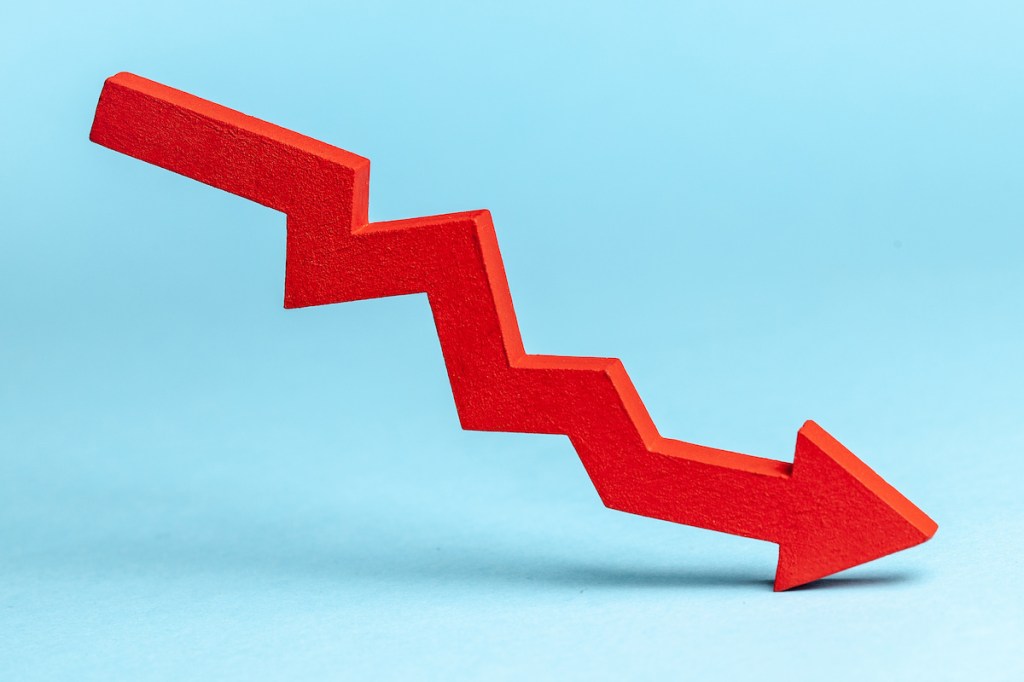Servicers’ forbearance portfolio volume fell two basis points last week to 3.91%, according to a survey from the Mortgage Bankers Association. The MBA estimates two million homeowners are still in some form of a forbearance plan.
Broken down by investor type, the share of Fannie Mae and Freddie Mac loans in forbearance decreased 3 basis points to 2.02%. Ginnie Mae loans in forbearance decreased 2 basis points to 5.13%, while the forbearance share for portfolio loans and private-label securities (PLS) decreased 1 basis point to 7.97%.
According to Mike Fratantoni, MBA’s senior vice president and chief economist, the pace of new forbearance requests remained at an acutely low level of 4 basis points.
“The steady improvement in the aggregate forbearance numbers is heartening, as it is evidence that improving economic conditions are allowing more homeowners to get back on their feet,” Fratantoni said. “However, we continue to closely monitor the number of forbearance re-entries, reflecting borrowers who exited forbearance but had to re-enter due to hardships. These re-entries accounted for 6.2 percent of loans in forbearance this week.”
How proactive communication can reduce the risk of foreclosure
As borrowers impacted by COVID-19 continue to exit mortgage forbearance, now is the time for lenders and servicers to be proactive in their borrower outreach to reduce foreclosure volume.
Presented by: Computershare Loan Services
By stage, another 10.7% loans in forbearance are in the initial segment of their mortgage postponement plan. The remaining 83.1% are forbearance extensions.
Despite last week’s overall portfolio share dropping for the 17th consecutive week, the decline was a bit lethargic ― a likely result of a slower rate of forbearance exits as has been typical in mid-month reports. Of the cumulative exits for the period from June 1, 2020, through June 20, 2021, over a quarter (27.8%) resulted in loan deferrals or partial claims. Another 23.9% represented borrowers who continued to make their monthly payments during their forbearance period.
Still, 15% of exits that represented borrowers who did not make all their monthly payments and departed without a loss mitigation plan in place yet. Those borrowers are likely to have an abundance of options ahead of them as servicers have had over a year to prepare for borrowers exits ― if they can get a hold of them, of course.
Luckily, many of these post-forbearance borrowers will be spared the worst case scenario. The Biden administration extended if foreclosure ban on federally backed mortgages through July. This latest extension was also said to be its final one.
On Thursday, the White House said in a statement that three federal agencies that back mortgages — the United States Department of Agriculture (USDA), the Department of Veterans Affairs (VA) and the Department of Housing and Urban Development (HUD) — would extend the pandemic-related foreclosure ban until July 31.
The Federal Housing Finance Agency, which oversees Fannie and Freddie, said it will similarly extend its foreclosure limit through the end of July.





